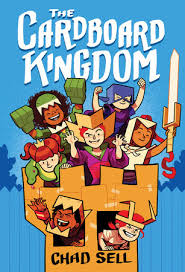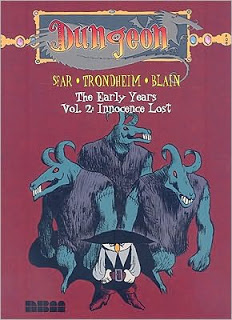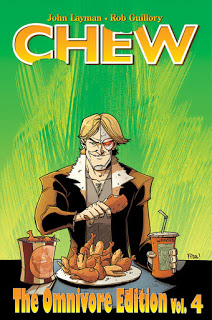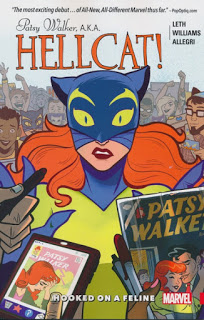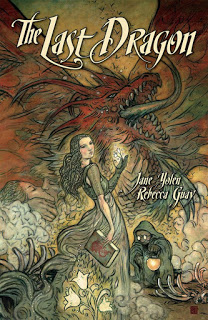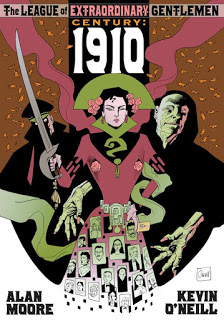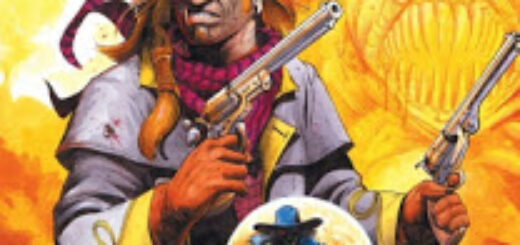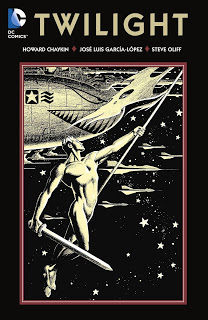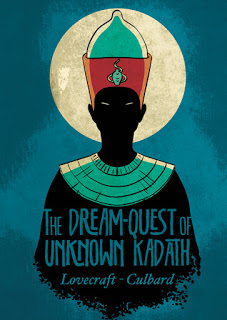REVIEW: A Wrinkle in Time
 Much has been made of the budget allotted to the big screen adaptation of Madeleine L’Engle’s classic novel A Wrinkle in Time and how Director Ava DuVernay was a woman tackling something so massive. That’s a lot of press and pressure on a risky venture considering the novel may be beloved but not in the public consciousness. Thankfully, there have been other hits and misses to take attention away from the fact that this entertaining effectively flopped.
Much has been made of the budget allotted to the big screen adaptation of Madeleine L’Engle’s classic novel A Wrinkle in Time and how Director Ava DuVernay was a woman tackling something so massive. That’s a lot of press and pressure on a risky venture considering the novel may be beloved but not in the public consciousness. Thankfully, there have been other hits and misses to take attention away from the fact that this entertaining effectively flopped.
The movie, out today on Blu-ray from Walt Disney Home Entertainment, is a solid if flawed adaptation, that somehow missed the magical touch to enthrall younger viewers. As a result, the film is hovering near the $100 million domestic gross with prognosticators estimating it will lose the studio at least that much.
And that’s a shame because it deserves to be seen. The movie is colorful, visual treat that fully realizes L’Engle’s worlds, from typical suburban America to otherworldly Camazotz. The color saturation works with the look and feel, especially when the fairy tale trio of Mrs. Whatsit (Reese Witherspoon), Mrs. Who (Mindy Kaling), and Mrs. Which (Oprah Winfrey) respond to Meg Murry’s (Storm Reid) plea for help in finding her father, Dr. Alexander Murry (Chris Pine), who disappeared four years earlier.
Meg is very much an idiosyncratic adolescent, unfashionably iconoclastic with unruly curly hair making her the object of derision by the cool kids led by her next-door neighbor Veronica (Rowan Blanchard). All she has is her sad mother Dr. Kate Murry (Gugu Mbatha-Raw) and younger brother Charles Wallace (Deric McCabe), who just happens to be an undersized genius. (The movie leaves out his ability to read her mind as well as their twin siblings Sandy and Dennys.)
The Wallaces are portrayed as capable physicists, working in tandem, but Alexander has been most vocal about his theories on folding space, traveling from point to point through a tesseract (which has nothing to do with Marvel’s Cosmic Cube). One night, his theory becomes reality but he vanishes without a trace.
Now, four years have passed and Meg continues to sulk and act out until she’s visited by Mrs. Whatsit (who in the novel is a new neighbor, here she’s effectively Glinda the Good Witch). She’s come to help and the others arrive soon after because apparently Alexander is in the clutches of the It, an elemental force of evil that is spreading its tendrils across the universe, threatening Earth. We see a nice montage of the seven deadly sins visiting the supporting cast, adding some complexity to their cliché roles.
Meg and Charles Wallace, accompanied by Meg’s friend Calvin (Levi Miller), have to go save dad and we’re off across the galaxy that will forever change the children in the eternal struggle between good and evil.
 It’s an engrossing story that sands down the novel’s details and hones in on the action. We see the power of not only love, but the need for self-confidence, and perseverance. If anything, the film suffers from big ideals and not a lot of character development so everyone, even the trio of supernatural beings, feel like models of archetypes than fully realized characters. The screenplay by Jennifer Lee and Jeff Stockwell fails the stellar assortment of performers, notably Kaling. Storm Reid is a welcome new performer as Meg.
It’s an engrossing story that sands down the novel’s details and hones in on the action. We see the power of not only love, but the need for self-confidence, and perseverance. If anything, the film suffers from big ideals and not a lot of character development so everyone, even the trio of supernatural beings, feel like models of archetypes than fully realized characters. The screenplay by Jennifer Lee and Jeff Stockwell fails the stellar assortment of performers, notably Kaling. Storm Reid is a welcome new performer as Meg.
The high def transfer, thankfully, captures all the color and spectacle making for pleasant home viewing. The DTS-HD Master Audio 7.1 lossless soundtrack is adequate but pales compared with the visuals.
Perhaps because the film failed to explode into a hit, the extras are more perfunctory than magical. We have A Journey Through Time (30:28), the behind-the-scenes story; Deleted Scenes (9:36 ), totaling four moments with optional DuVernay commentary; Audio Commentary: DuVernay, First Assistant Director Michael Moore, Visual Effects Supervisor Richard McBride, Screenwriter Jennifer Lee, Producer Jim Whitaker, Film Editor Spencer Averick, and Production Designer Naomi Shohan, offering interesting insights but little new; Music Videos: “I Believe” by DJ Khaled and Demi Lovato (3:46) and “Warrior” by Chloe X Halle (4:02); and finally, a handful of Bloopers (1:36). (Bellamy Young has one scene and I kept expecting to see more from the actor, making me wonder why she took the part.)



